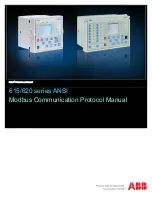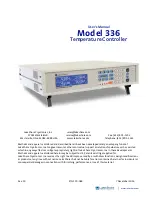
TC1796
Peripheral Units (Vol. 2 of 2)
General Purpose Timer Array (GPTA)
User’s Manual
24-107
V2.0, 2007-07
GPTA, V2.0
Example: for LIMG23 (see
), the outputs OUT0 to OUT7 are wired to
the inputs of LTC24 to GTC31.
•
An LTC input can be connected either to an I/O group output, or to an GTC output,
or to a clock bus output, or to an PDL/INT output. This is guaranteed by the LIMG
control register layout. Otherwise, short circuits and unpredictable behavior would
occur. In contrast, it is permitted that an I/O group output, or an GTC output, or an
PDL/INT output is connected to more than one LTC input.
The LTC input multiplexer group configuration is based on the following principles:
•
Each LIMG is referenced with two index variables: n and g (LIMGng)
•
Index n is a group number. I/O groups IOG[3:0] have group number 0, I/O groups
IOG[6:4] have group number 1, Global Timer Cell Groups GTCG[3:0] have group
number 2, clock bus lines CLK[7:0] have group number 3, and the PDL/INT group
has group number 4.
•
Index g indicates the number of the LTC group g (g = 0-7) to which the outputs of the
input multiplexer group LIMGng are connected.
The LTC input multiplexer logic as seen for programming is shown in
this logic, five group signals (from an I/O group, GTC group, clock group, or PDL/INT
group) are always combined to one output line that leads to the input of an LTC of LTC
group g. For example, when looking at
, each of the eight LTC input
multiplexer output lines to LTC group LTCG2 is connected via five LIMGn2 (n = 0-4) with
the eight outputs of two I/O group (IOG2 and IOG6), one GTC group (GTCG2), the clock
group, and the PDL/INT group.
















































